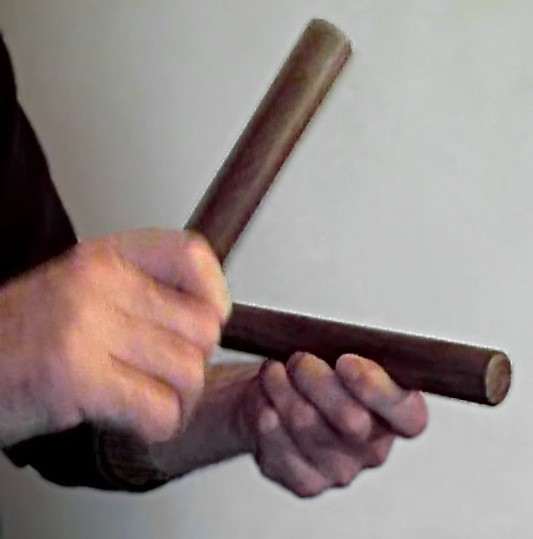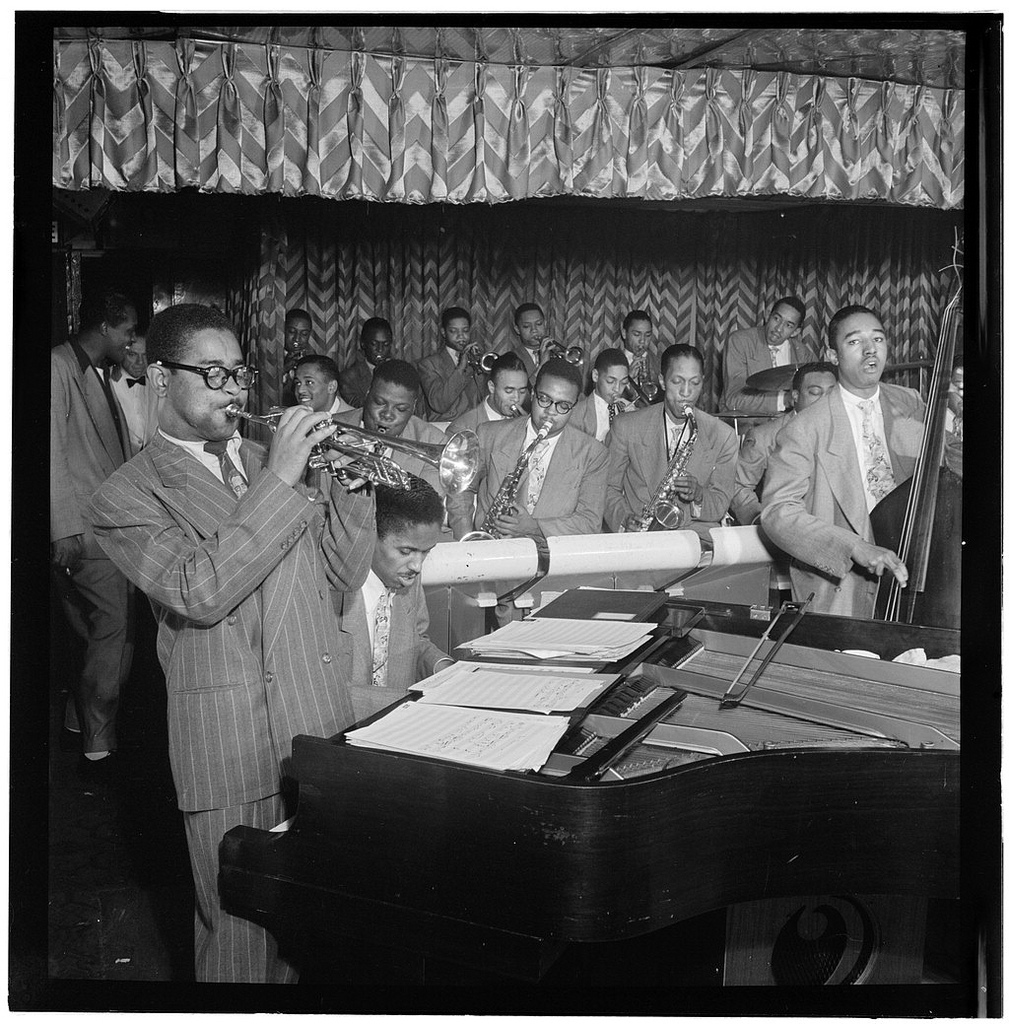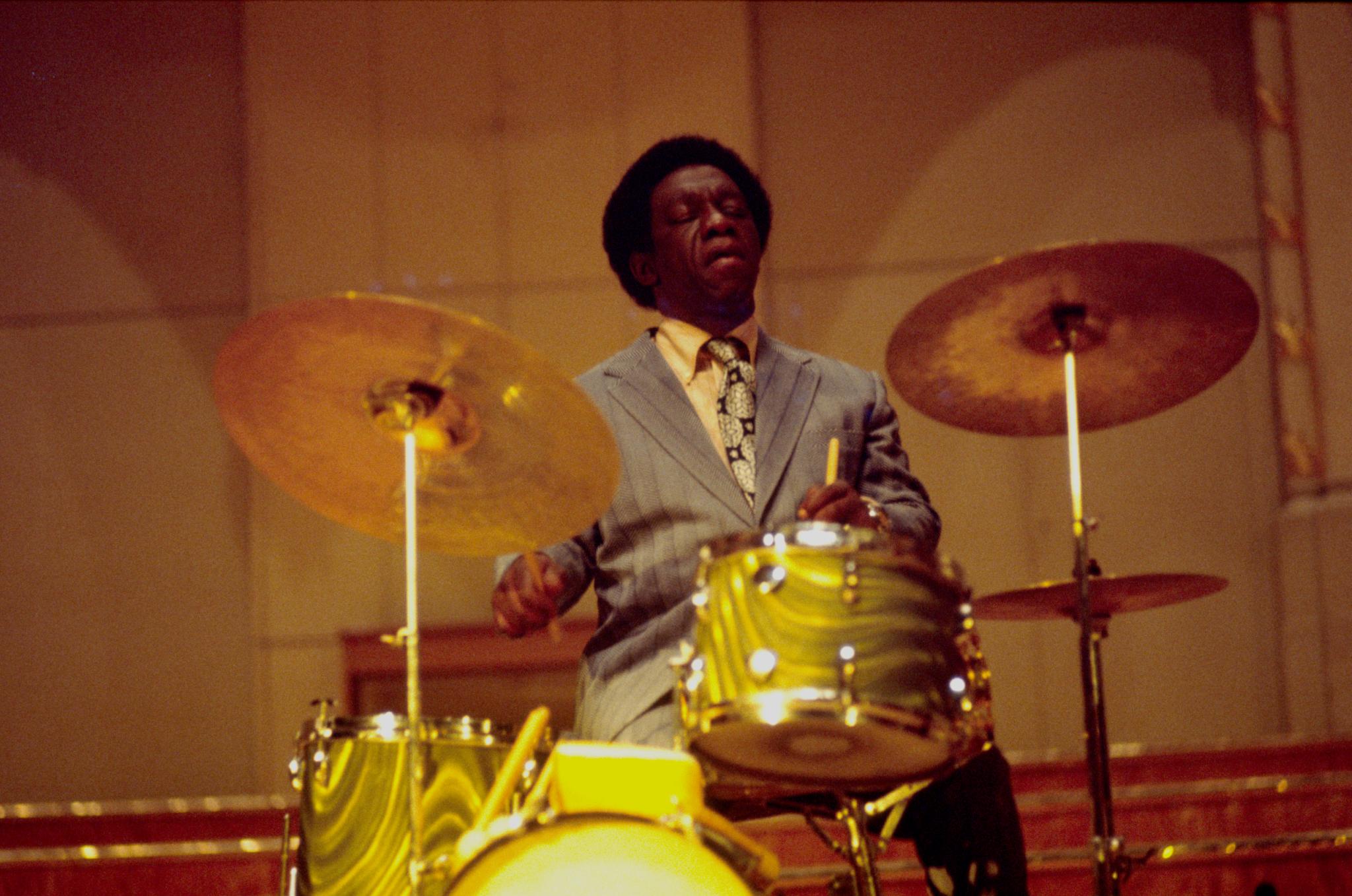|
Tony Allen (drummer)
Tony Oladipo Allen (20 July 1940 – 30 April 2020) was a Nigerian drummer, composer, and songwriter who lived and worked in Paris, France. Allen was the drummer and musical director of Fela Kuti's band Africa '70 from 1968 to 1979, and was one of the founders of the Afrobeat genre. Fela once stated that "without Tony Allen, there would be no Afrobeat". He was described by Brian Eno as "perhaps the greatest drummer who has ever lived". Later in life, Allen collaborated with Damon Albarn on several projects, including Gorillaz, the The Good, the Bad & the Queen, Good, the Bad & the Queen and Rocket Juice & the Moon. Allen's career and life were documented in his 2013 autobiography ''Tony Allen: Master Drummer of Afrobeat'', co-written with Michael E. Veal, who previously wrote a comprehensive biography of Fela Kuti. Early career Allen was born in Lagos, Nigeria to James Alabi Allen, a motor mechanic from Colonial Nigeria, British Nigeria (now present day Nigeria) and Prudenti ... [...More Info...] [...Related Items...] OR: [Wikipedia] [Google] [Baidu] |
Lagos
Lagos (Nigerian English: ; ) is the largest city in Nigeria and the List of cities in Africa by population, second most populous city in Africa, with a population of 15.4 million as of 2015 within the city proper. Lagos was the national capital of Nigeria until December 1991 following the Government of Nigeria, government's decision to move their capital to Abuja in the center of the country. The Lagos metropolitan area has a total Population and housing censuses by country, population of roughly 23.5 million as of 2018, making it List of urban areas in Africa by population, the largest metropolitan area in Africa. Lagos is a major African financial center and is the economic hub of Lagos State and Nigeria at large. The city has been described as the cultural, financial, and entertainment capital of Africa, and is a significant influence on commerce, entertainment, technology, education, politics, tourism, art, and fashion. Lagos is also among the top ten of the world's fast ... [...More Info...] [...Related Items...] OR: [Wikipedia] [Google] [Baidu] |
Jùjú Music
Jùjú is a style of Yoruba popular music, derived from traditional Yoruba percussion. The name juju from the Yoruba word "juju" or "jiju" meaning "throwing" or "something being thrown". Juju music did not derive its name from juju, which is a form of magic and the use of magic objects, common in West Africa, Haiti, Cuba and other South American nations. It evolved in the 1900s in urban clubs across the countries, and was believed to have been created by Ababababaa Babatunde King, popularly known as Tunde King. The first jùjú recordings were by King and Ojoge Daniel in the 1920s, when King pioneered it. The lead and predominant instrument of jùjú is the ''Iya Ilu'', talking drum. Some juju musicians were itinerant, including early pioneers Ojoge Daniel, Irewole Denge and the "blind minstrel" Kokoro. Afro-juju is a style of Nigerian popular music, a mixture of jùjú music and Afrobeat. Its most famous exponent was Shina Peters, who was so popular that the press called the ... [...More Info...] [...Related Items...] OR: [Wikipedia] [Google] [Baidu] |
Polyrhythm
Polyrhythm is the simultaneous use of two or more rhythms that are not readily perceived as deriving from one another, or as simple manifestations of the same meter. The rhythmic layers may be the basis of an entire piece of music (cross-rhythm), or a momentary section. Polyrhythms can be distinguished from irrational rhythms, which can occur within the context of a single part; polyrhythms require at least two rhythms to be played concurrently, one of which is typically an irrational rhythm. Concurrently in this context means within the same rhythmic cycle. The underlying pulse, whether explicit or implicit can be considered one of the concurrent rhythms. For example, the son clave is poly-rhythmic because its 3 section suggests a different meter from the pulse of the entire pattern. In western art music In some European art music, polyrhythm periodically contradicts the prevailing meter. For example, in Mozart's opera ''Don Giovanni'', two orchestras are heard playing toget ... [...More Info...] [...Related Items...] OR: [Wikipedia] [Google] [Baidu] |
Claves
Claves (; ) are a percussion instrument consisting of a pair of short, wooden sticks about 20–25 centimeters (8–10 inches) long and about 2.5 centimeters (1 inch) in diameter. Although traditionally made of wood (typically rosewood, ebony or grenadilla) many modern manufacturers offer claves made of fiberglass or plastic. When struck, claves produce a bright, penetrating clicking noise. This makes them useful when playing in large dance bands. Claves are sometimes hollow and carved in the middle to amplify the sound. History Claves have been very important in the development Afro-Cuban music, such as the son and guaguancó. They are often used to play an ostinato, or repeating rhythmic figure, throughout a piece known as the clave. Many examples of clave-like instruments can be found around the world. Technique The basic principle when playing claves is to allow at least one of them to resonate. The usual technique is to hold one lightly with the thumb and fingerti ... [...More Info...] [...Related Items...] OR: [Wikipedia] [Google] [Baidu] |
Victor Olaiya
Victor Abimbola Olaiya , (31 December 1930 – 12 February 2020), also known as Dr Victor Olaiya, was a Nigerian trumpeter who played in the highlife style. Though famous in Nigeria during the 1950s and early 1960s, Olaiya received little recognition outside his native country. Alhaji Alade Odunewu of the '' Daily Times'' called him "The Evil Genius of Highlife." Early life Olaiya was born on 31 December 1930, in Calabar, Cross River State, the 20th child of a family of 24. His parents, Alfred Omolona Olaiya and Bathsheba Owolabi Motajo, came from Ijesha-Ishu in Ekiti State. Olaiya came from a very rich family. His father's house, Ilọijọs Bar, stood at 2 Bamgbose Street, Lagos Island, until it was demolished in September 2016. Career At an early age he learned to play the bombardon and the French horn. After leaving school he moved to Lagos, where he passed the school certificate examination in 1951 and was accepted by Howard University, US, to study civil engineering. ... [...More Info...] [...Related Items...] OR: [Wikipedia] [Google] [Baidu] |
Thelonious Monk
Thelonious Sphere Monk (, October 10, 1917 – February 17, 1982) was an American jazz pianist and composer. He had a unique improvisational style and made numerous contributions to the standard jazz repertoire, including " 'Round Midnight", "Blue Monk", " Straight, No Chaser", "Ruby, My Dear", "In Walked Bud", and "Well, You Needn't". Monk is the second-most-recorded jazz composer after Duke Ellington. Monk's compositions and improvisations feature dissonances and angular melodic twists and are consistent with his unorthodox approach to the piano, which combined a highly percussive attack with abrupt, dramatic use of switched key releases, silences, and hesitations. Monk's distinct look included suits, hats, and sunglasses. He also had an idiosyncratic habit during performances: while other musicians continued playing, Monk would stop, stand up, and dance for a few moments before returning to the piano. Monk is one of five jazz musicians to have been featured on the cover of ... [...More Info...] [...Related Items...] OR: [Wikipedia] [Google] [Baidu] |
Charlie Parker
Charles Parker Jr. (August 29, 1920 – March 12, 1955), nicknamed "Bird" or "Yardbird", was an American jazz saxophonist, band leader and composer. Parker was a highly influential soloist and leading figure in the development of bebop, a form of jazz characterized by fast tempos, virtuosic technique, and advanced harmonies. Parker was an extremely brilliant virtuoso and introduced revolutionary rhythmic and harmonic ideas into jazz, including rapid passing chords, new variants of altered chords, and chord substitutions. Primarily a player of the alto saxophone, Parker's tone ranged from clean and penetrating to sweet and somber. Parker acquired the nickname "Yardbird" early in his career on the road with Jay McShann. This, and the shortened form "Bird", continued to be used for the rest of his life, inspiring the titles of a number of Parker compositions, such as "Yardbird Suite", "Ornithology", "Bird Gets the Worm", and "Bird of Paradise". Parker was an icon for the hipster ... [...More Info...] [...Related Items...] OR: [Wikipedia] [Google] [Baidu] |
Dizzy Gillespie
John Birks "Dizzy" Gillespie (; October 21, 1917 – January 6, 1993) was an American jazz trumpeter, bandleader, composer, educator and singer. He was a trumpet virtuoso and improviser, building on the virtuosic style of Roy Eldridge but adding layers of harmonic and rhythmic complexity previously unheard in jazz. His combination of musicianship, showmanship, and wit made him a leading popularizer of the new music called bebop. His beret and horn-rimmed spectacles, scat singing, bent horn, pouched cheeks, and light-hearted personality provided one of bebop's most prominent symbols. In the 1940s, Gillespie, with Charlie Parker, became a major figure in the development of bebop and modern jazz. He taught and influenced many other musicians, including trumpeters Miles Davis, Jon Faddis, Fats Navarro, Clifford Brown, Arturo Sandoval, Lee Morgan, Chuck Mangione, and balladeer Johnny Hartman. He pioneered Afro-Cuban jazz and won several Grammy Awards. Scott Yanow wrote, "Dizzy ... [...More Info...] [...Related Items...] OR: [Wikipedia] [Google] [Baidu] |
Kofi Ghanaba
Guy Warren of Ghana, also known as Kofi Ghanaba (4 May 1923 – 22 December 2008), was a Ghanaian musician, best known as the inventor of Afro-jazz — "the reuniting of African-American jazz with its African roots" — and as a member of The Tempos, alongside E. T. Mensah. He also inspired musicians such as Fela Kuti. Warren's virtuosity on the African drums earned him the appellation "The Divine Drummer". At different stages of his life, he also worked as a journalist, DJ and broadcaster. Biography He was born Warren Gamaliel Kpakpo Akwei in Accra in the then Gold Coast on 4 May 1923 to Richard Mabuo Akwei, founder of the Ghana National School, and Susana Awula Abla Moore. Named by his parents after Warren Gamaliel Harding, the 29th president of the United States, he changed his name in 1943 to Guy Warren. When he was in the U.S. it became "Guy Warren of Ghana". He changed it to "Ghanaba" on 1 July 1974, Ghana's Republic Day. He was educated at the Government Boys' School, ... [...More Info...] [...Related Items...] OR: [Wikipedia] [Google] [Baidu] |
Guy Warren
Guy Warren of Ghana, also known as Kofi Ghanaba (4 May 1923 – 22 December 2008), was a Ghanaian musician, best known as the inventor of Afro-jazz — "the reuniting of African-American jazz with its African roots" — and as a member of The Tempos, alongside E. T. Mensah. He also inspired musicians such as Fela Kuti. Warren's virtuosity on the African drums earned him the appellation "The Divine Drummer". At different stages of his life, he also worked as a journalist, DJ and broadcaster. Biography He was born Warren Gamaliel Kpakpo Akwei in Accra in the then Gold Coast on 4 May 1923 to Richard Mabuo Akwei, founder of the Ghana National School, and Susana Awula Abla Moore. Named by his parents after Warren Gamaliel Harding, the 29th president of the United States, he changed his name in 1943 to Guy Warren. When he was in the U.S. it became "Guy Warren of Ghana". He changed it to "Ghanaba" on 1 July 1974, Ghana's Republic Day. He was educated at the Government Boys' School ... [...More Info...] [...Related Items...] OR: [Wikipedia] [Google] [Baidu] |
Art Blakey
Arthur Blakey (October 11, 1919 – October 16, 1990) was an American jazz drummer and bandleader. He was also known as Abdullah Ibn Buhaina after he converted to Islam for a short time in the late 1940s. Blakey made a name for himself in the 1940s in the big bands of Fletcher Henderson and Billy Eckstine. He then worked with bebop musicians Thelonious Monk, Charlie Parker, and Dizzy Gillespie. In the mid-1950s, Horace Silver and Blakey formed the Jazz Messengers, a group that the drummer was associated with for the next 35 years. The group was formed as a collective of contemporaries, but over the years the band became known as an incubator for young talent, including Freddie Hubbard, Wayne Shorter, Lee Morgan, Benny Golson, Kenny Dorham, Hank Mobley, Donald Byrd, Jackie McLean, Johnny Griffin, Curtis Fuller, Chuck Mangione, Chick Corea, Keith Jarrett, Cedar Walton, Woody Shaw, Terence Blanchard, and Wynton Marsalis. ''The Biographical Encyclopedia of Jazz'' calls the ... [...More Info...] [...Related Items...] OR: [Wikipedia] [Google] [Baidu] |




.jpg)


